Andrew Mowbray, SHA
Sometime back – I would guess around 1974 while taking a lunchtime shortcut through Boston’s staid and ancient Shreve, Crump, and Low – I chanced upon something which completely drove all thoughts of nutrition from my mind. Leaving two parallel streaks of black rubber under my heels, I came to a halt beside a low-mounted showcase containing a miniature figure of a mounted knight in armor of such beauty, detail and grace of execution as to induce a ridiculous feeling of waiting for the nostril of the horse to flare: the rider to move. This was my introduction to Brian Rodden.
Recently when Man at Arms was approached by Fairfield Book about preparing a color ad dealing with Rodden’s contemporary activities, it was thought that the time was ripe for a pictorial appreciation of this gifted man’s incredible work.
The basic, dry facts about Rodden are provided by a biographical table, below. As impressive as these statistics may be, the real pleasure in Brian comes from his long and deeply imbedded sense of the romantic. And as few periods in history have the romance, glory, and allure as the late 14th century, it should come as no surprise that Rodden reigns supreme within this context.
It is doubtful if any sculptor working on a strict scale will ever approach the levels of excellence and realism reached by Rodden. While his earlier figures were somewhat larger, the present figures offered by Fairfield are approximately 9 inches in height. This provides a scale of execution that is large enough to be impressive in display and yet small enough to provide a challenge to the artist and a marvel to the viewer.
Rodden’s methods are probably uniquely his own. And being a capable caster as well as an artist and scholar – remembering he holds a doctorate in history from Rutgers – his figures are a complete expression being entirely produced within his own workshop.
The sculpture is produced using one of two techniques. The first involves casting a basic figure in pewter and then laboriously clothing it in separately fashioned armour and raiment. Rodden traditionally uses silver for the armour because of its proper color, sheen and intrinsic value as well as its great flexibility in working. This was the technique employed almost exclusively until recent increases in the price of silver made such production almost prohibitive. While the artist continues to work in this medium in fulfilling special commissions, much of his present work is accomplished by casting the already armoured figure into a high-quality pewter known as Britannia Metal.
In the making of the silver as well as the master pewter figures, Rodden actually hammers out the armour, piece by piece, using wooden forms carved for that purpose. The weapons, arming belts and other elements of the figure are also fabricated as separate entities. In the case of the figure’s textile clothing and horse drapery, final effects are achieved by building up thin coats of epoxy, layer upon layer, upon a wire mesh form, shaping the result so as to provide a proper “flow” of the figure so vital to a feeling of motion.
The Rodden chain mail has been widely admired. On his 10-inch figures in particular, the artist fabricates the mail link-by-link using silver wire that has been formed by wrapping around a stake the size of a sewing needle.
While Rodden has ventured out of the 14th century on occasion to produce figures, both painted and unpainted, within a wide variety of periods it has only been to prove the versatility of his genius. His real heart and his finest skills remain with the romantic knightly subjects of the transitional armour period.
